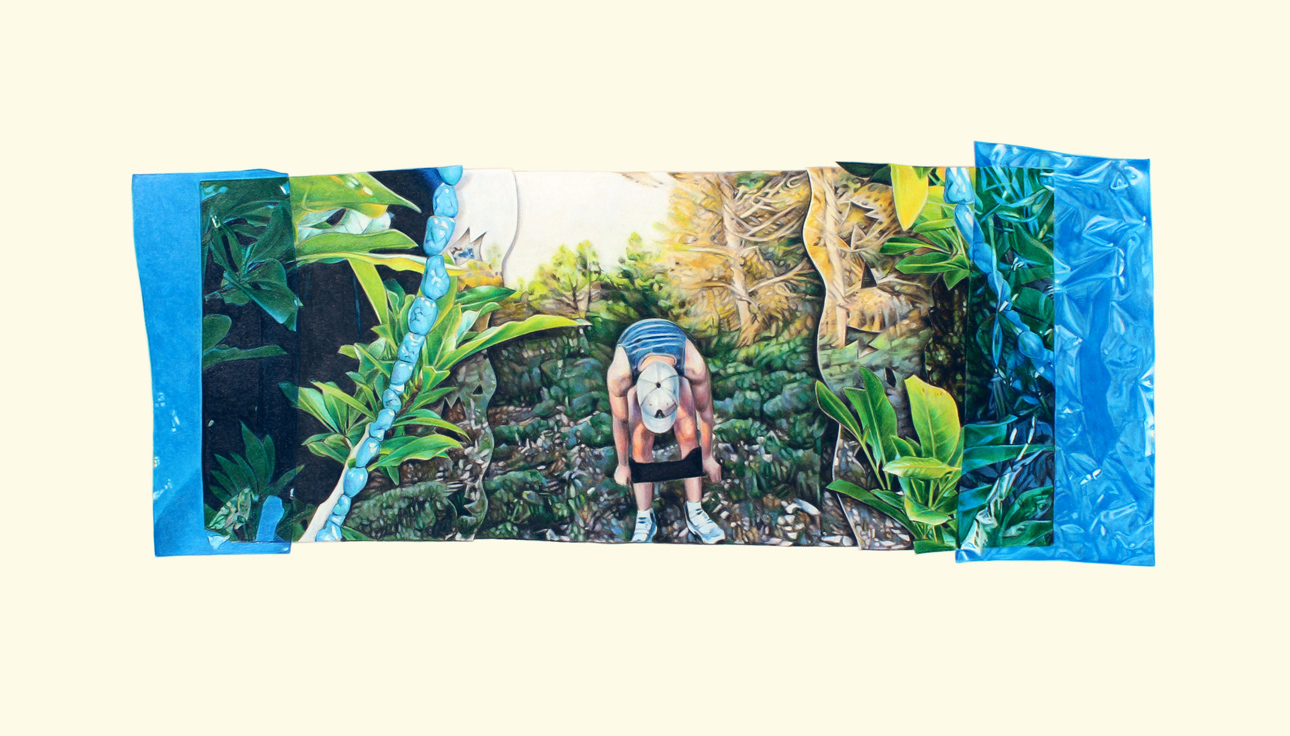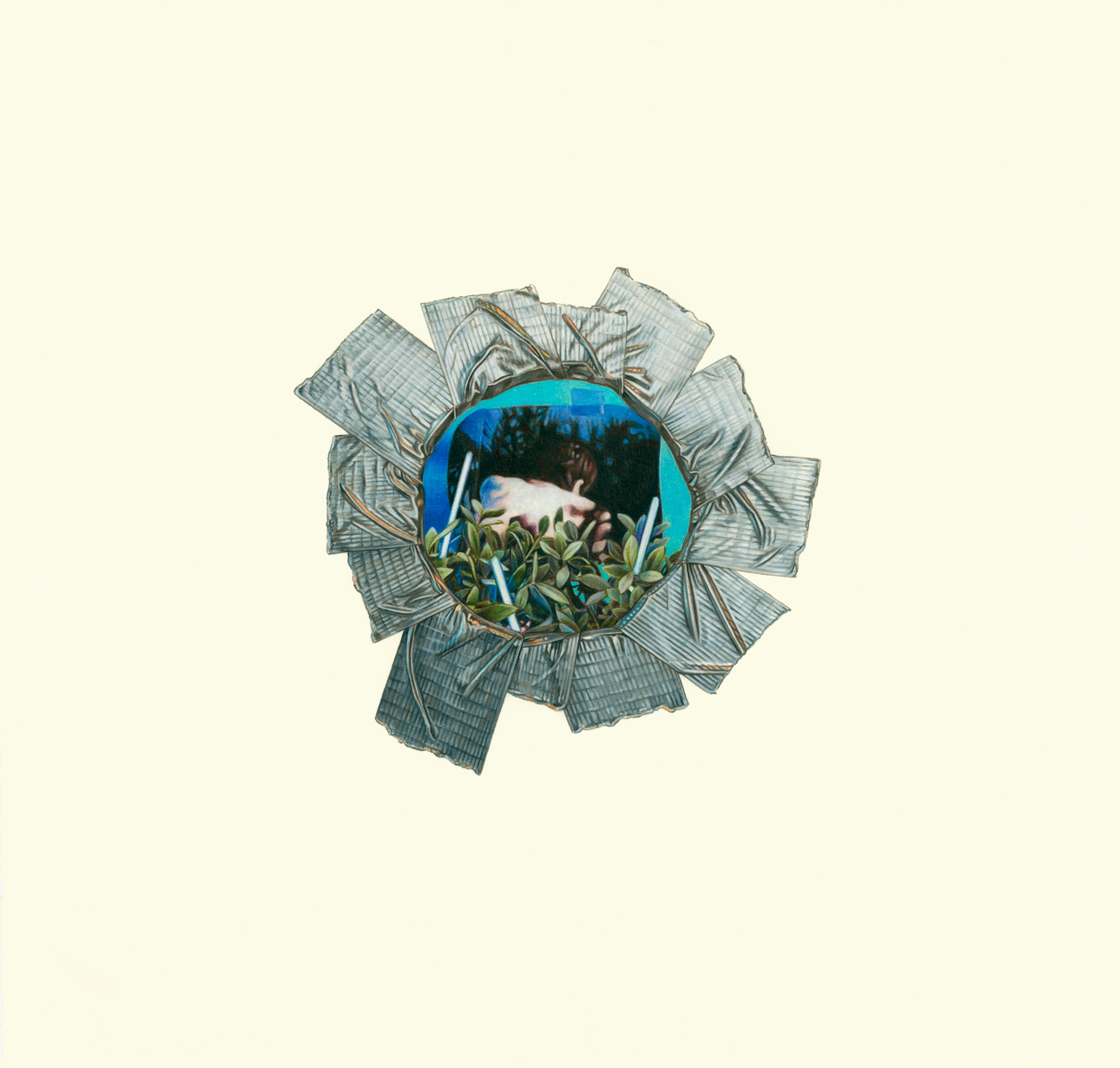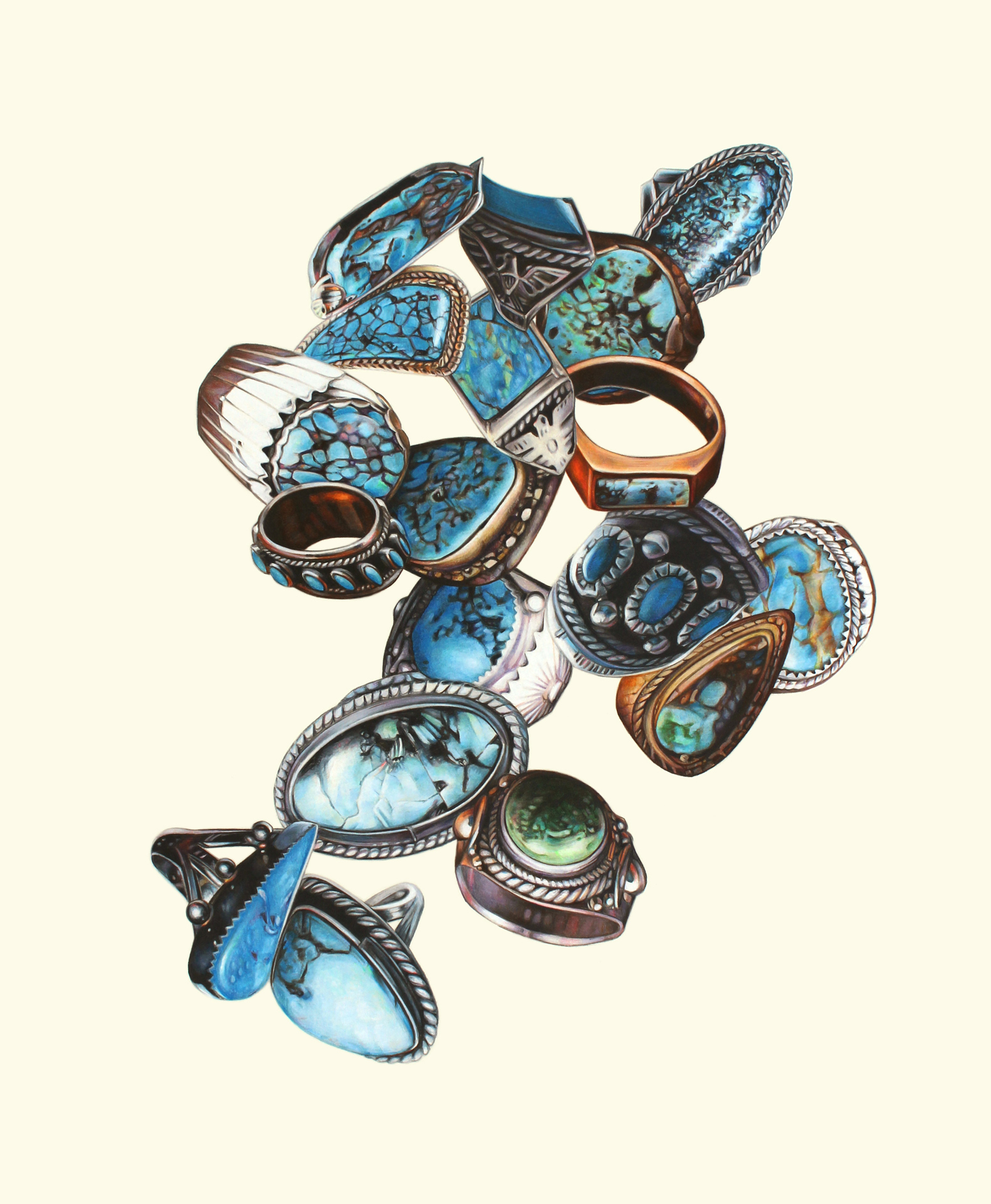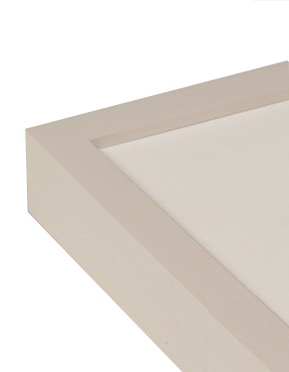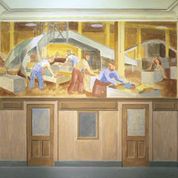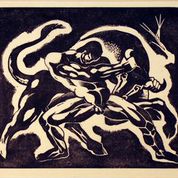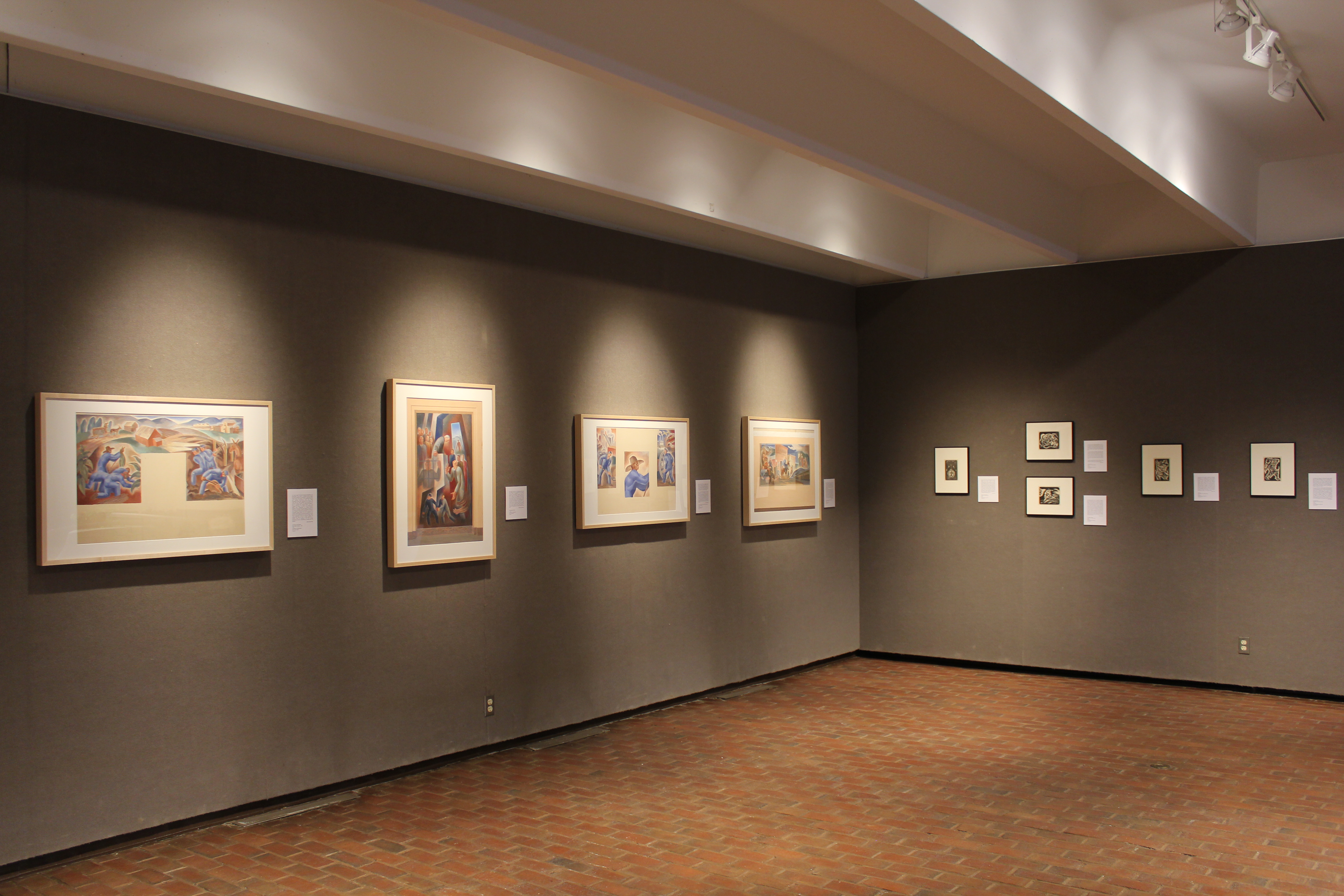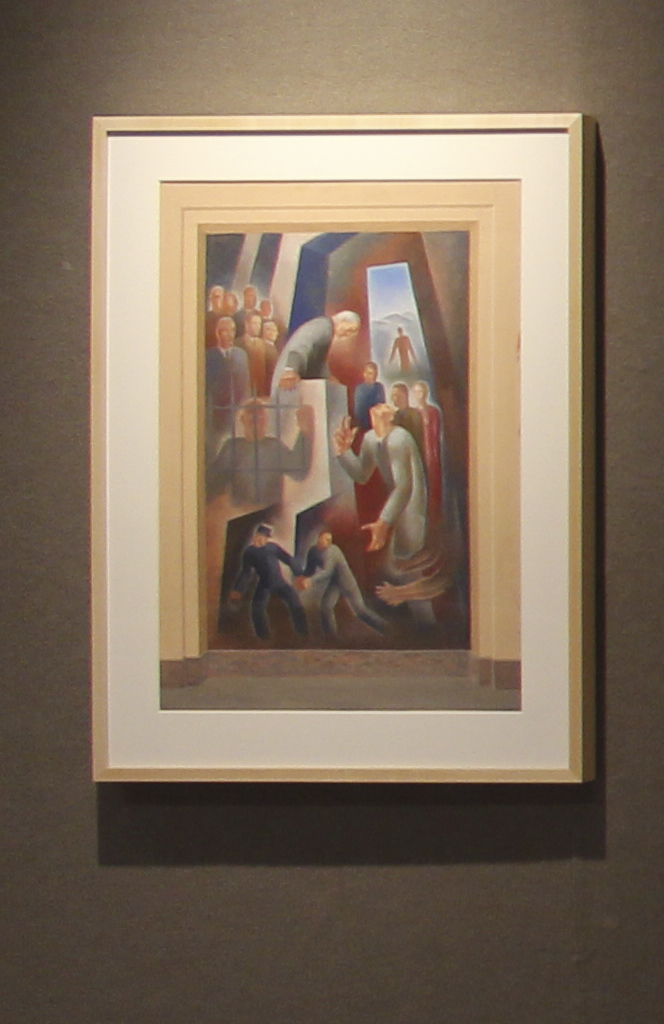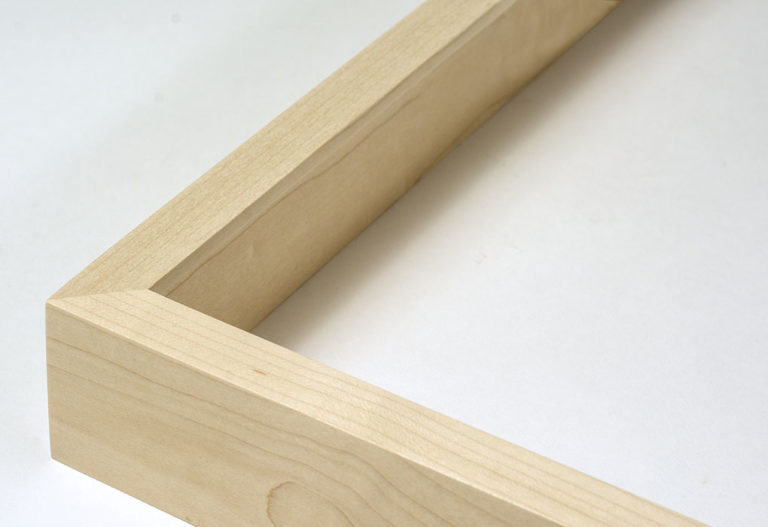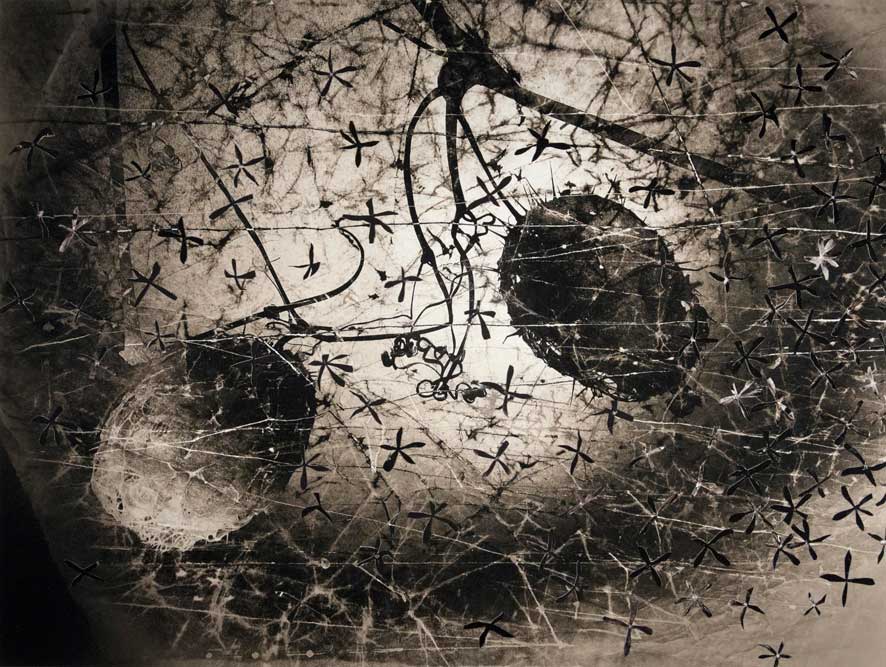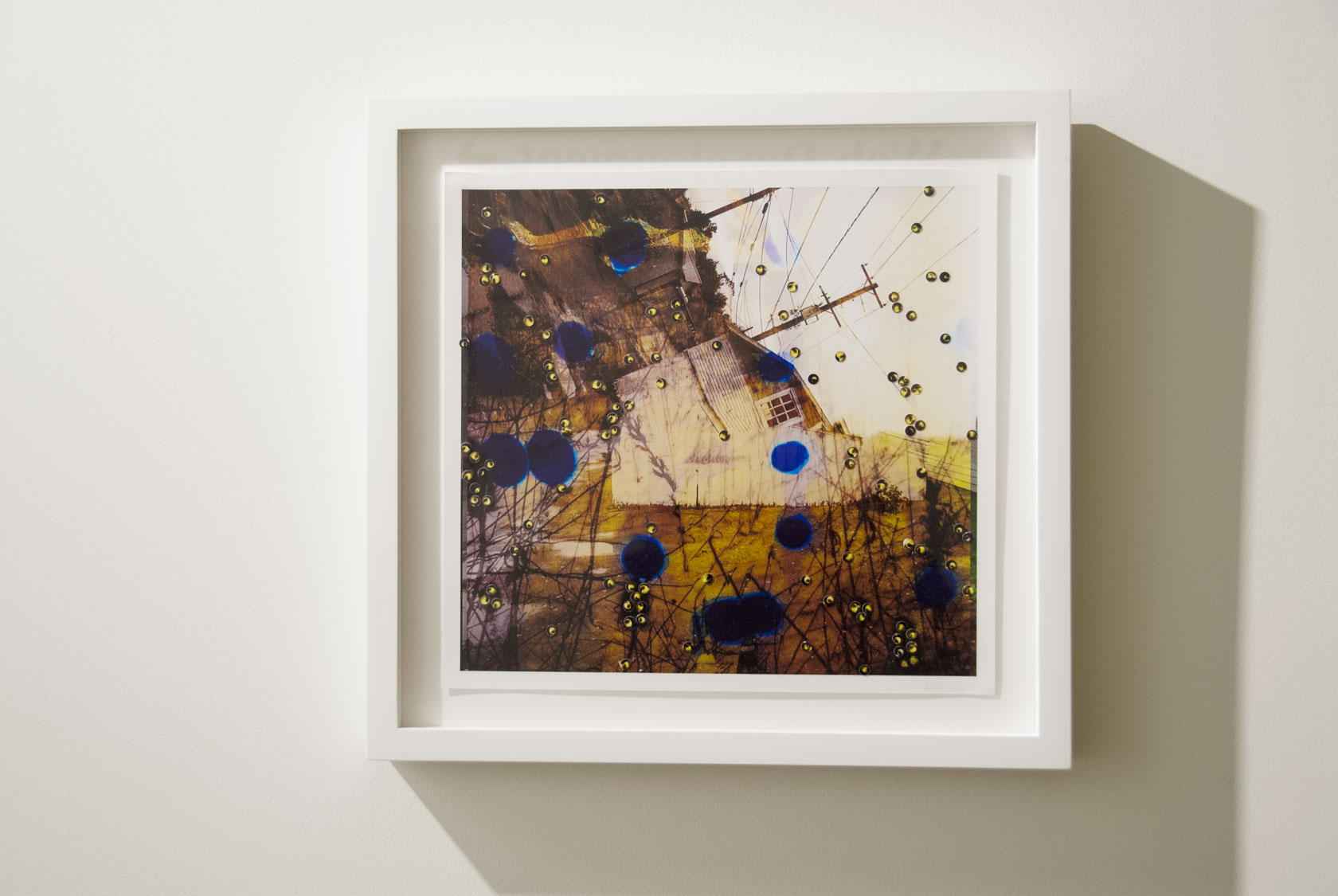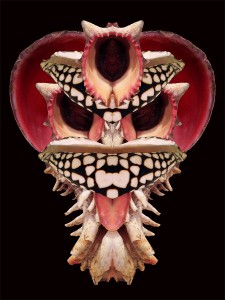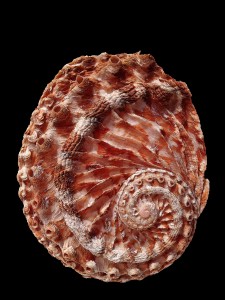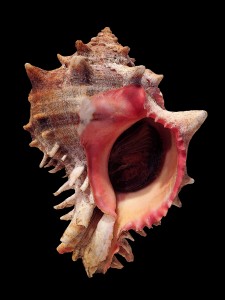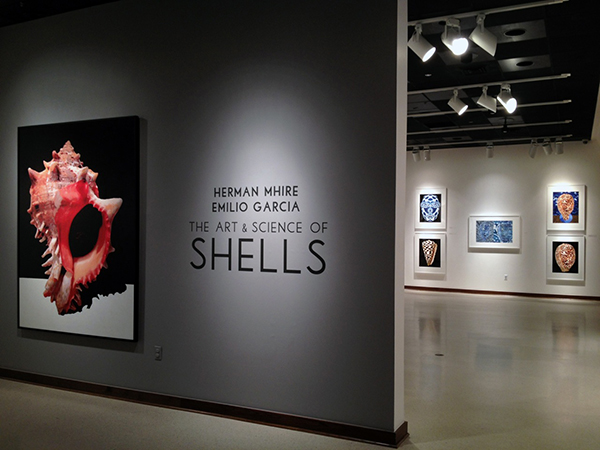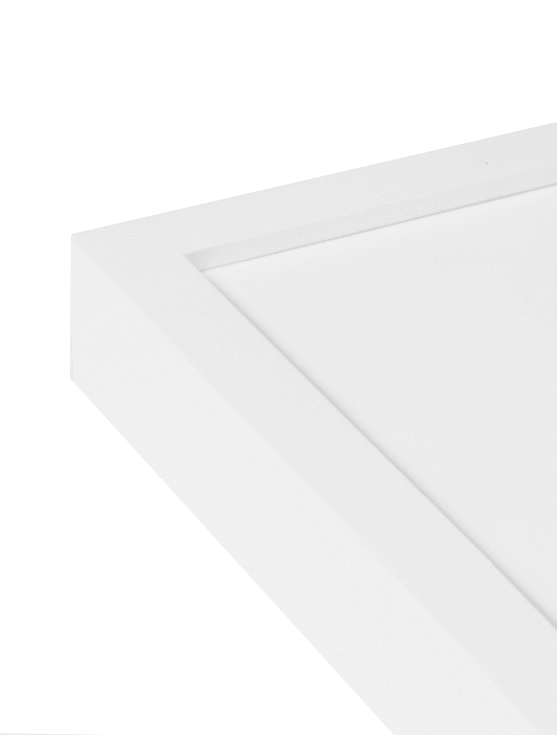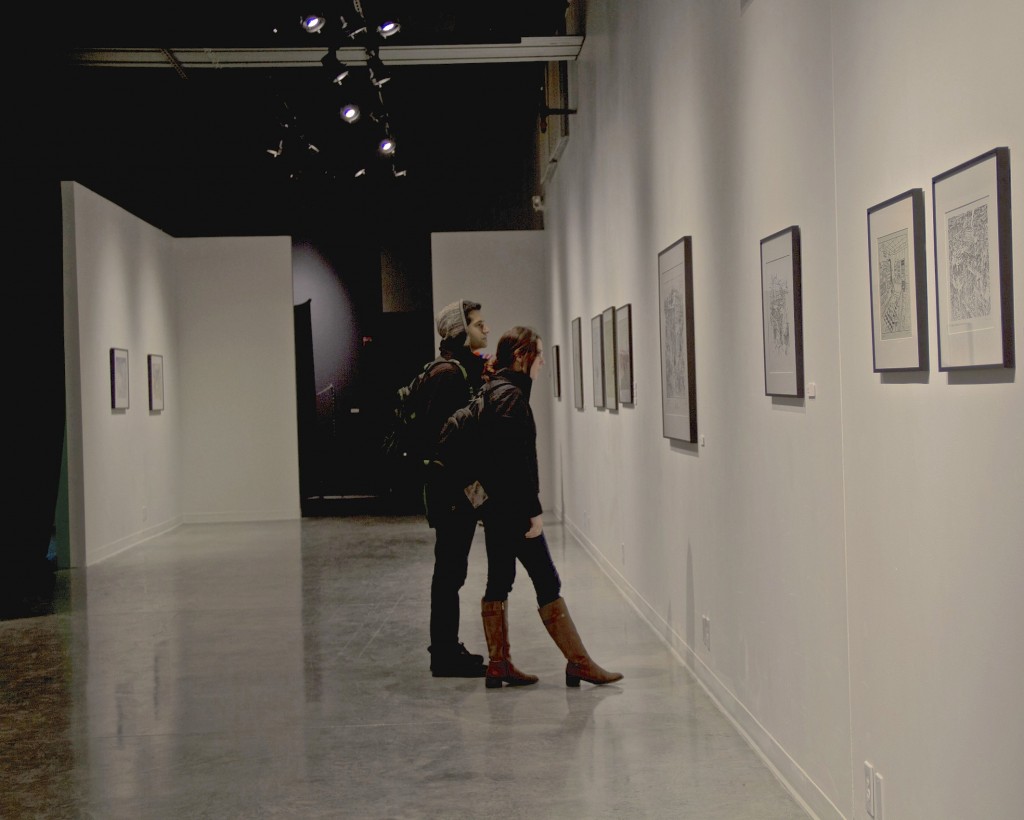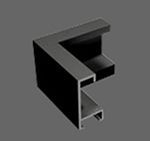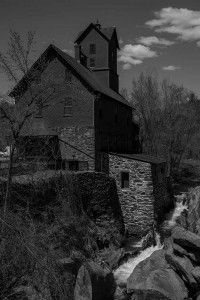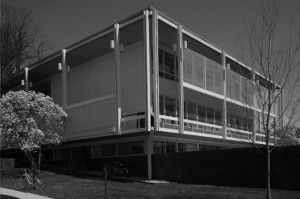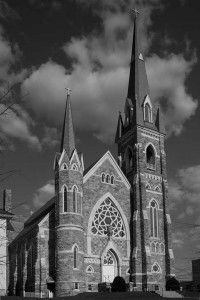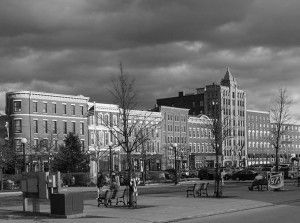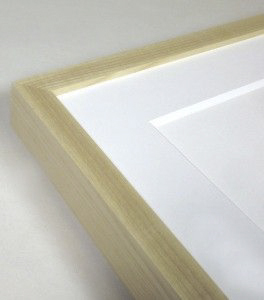Jim Hittinger is a co-winner of our annual MFA framing award. Providing professional framing advice to art students has been a long term goal of ours. For artists to be successful as they enter their professional life it is necessary to understand how to present their work professionally. Our goal is to help students understand the basics of framing their work and to help us better understand what we may need to do to make the process easier for them.
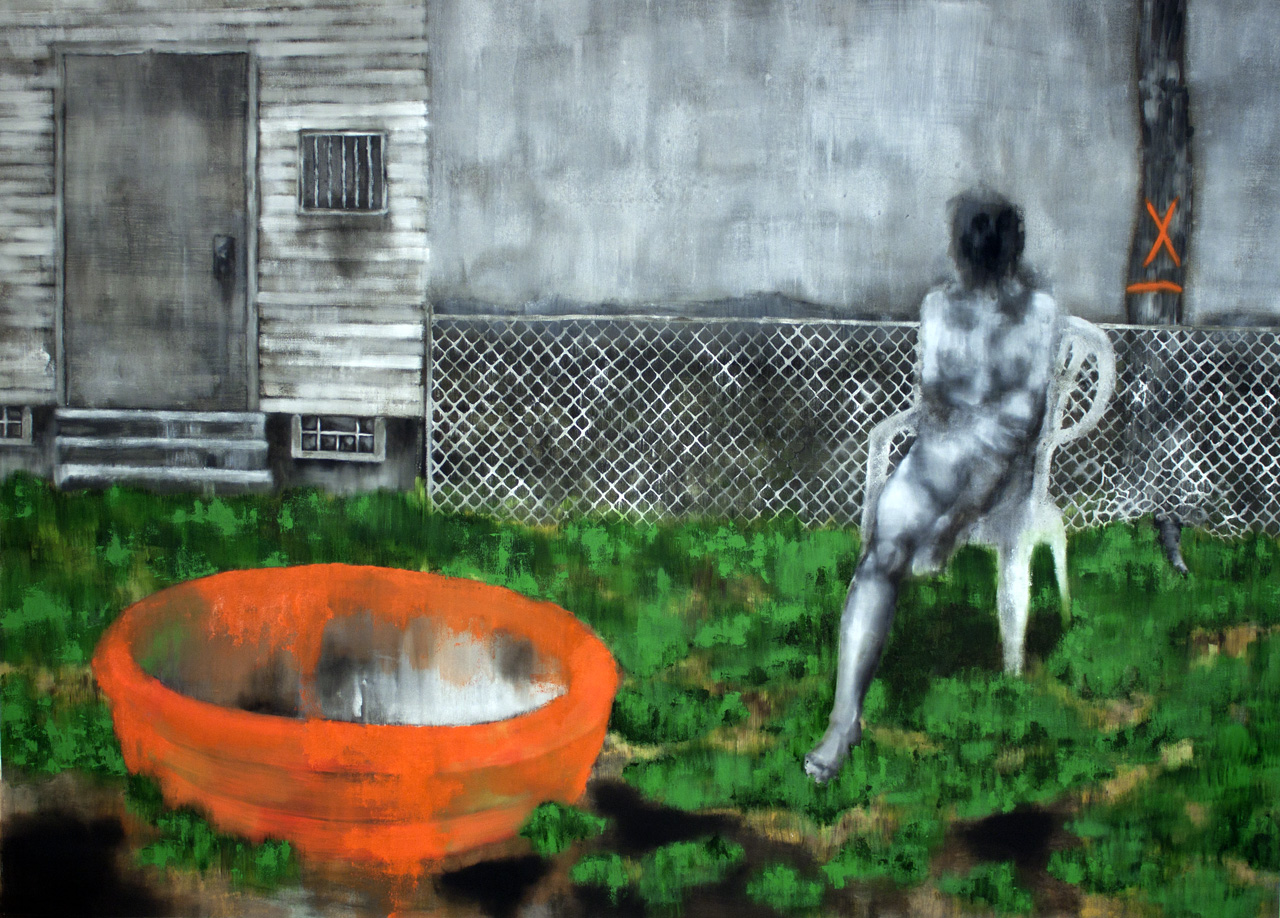
JIm Hittinger, “Sunbather” oil on canvas, 2015, 60″x84″

Jim Hittinger, “Ice Fisher,” oil on paper, 2015, 18×24 inches.
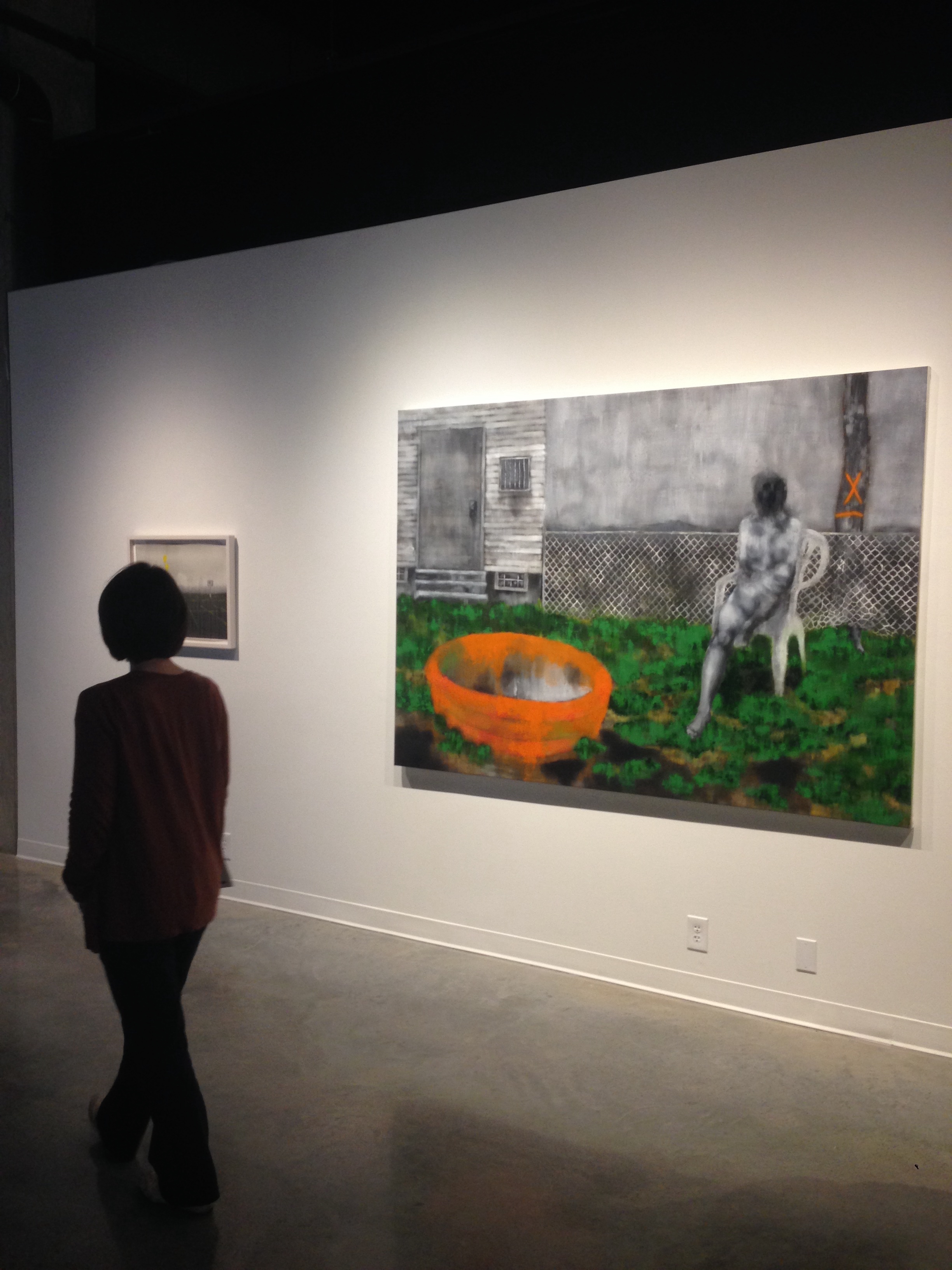
Artist Statement
The world my images exist in is one of memories and traces. The world is semi- autobiographical, based on banal urban and suburban spaces modeled after Metro Detroit. Subdivisions, strip malls, and undeveloped lots off the interstate near the airport are common locales in my imagery. I am drawn to objects that act as stand-ins for human activity or that imply rather than illustrate events: overturned lawn chairs, tornado sirens, and inflatable tube men advertising used cars, often without the presence of humans. Situations are suggested and pointed to indirectly, creating an atmosphere of dread and impending disaster.
Biography
Jim Hittinger was born in 1990 in Chicago, Illinois and grew up primarily in the Metro Detroit, Michigan area. He received his Bachelor of Fine Arts with a concentration in painting and drawing from Wayne State University in Detroit in 2012.
The following is an interview we did with him to find out more about his experience at the University of Minnesota MFA program and his plans for the future.
Metroframe
How did you decide on which MFA program to attend?
Jim Hittinger
There were a few specific things I was looking for in an MFA program: funding, facilities and studio space, teaching opportunities, and location in a major city. I didn’t want to be in a small college town that didn’t have an art community outside of the confines of school. The University of Minnesota fit all those criteria as well as any program I researched.
Metroframe
What is the most valuable thing you learned and what would you advise others who are considering getting their MFA?
Jim Hittinger
For me, grad school was a place to develop my work and hone in on what I really want to make with the support of faculty and other graduate students. I learned how to balance exploring my existing ideas with keeping an open mind toward experimenting with new things. Some of those experiments with ideas and materials outside of my comfort zone failed, and I think being okay with failing once in awhile is an important lesson to learn. I have a giant pile of bad paintings I’ve made over the past three years, and I think in a way, I learned more from those than from the pieces in my thesis exhibition.
Metroframe
How long have you been painting?
Jim Hittinger
I’ve been painting since I was in high school, so about twelve years. I’ve been drawing my whole life, since I was able to hold crayons. That’s all I wanted to do when I was a kid.
Metroframe
What are your goals after graduating?
Jim Hittinger
First and foremost, I will need to find studio space and keep painting. My work has evolved so much over the three years that I’ve been in graduate school, and I’m incredibly excited about the direction I’m going in. I see my work in the thesis exhibition as a turning point towards a new body of work. Aside from continuing to make work, I’ll be applying to teaching positions. I really loved teaching the past few years and would be very happy to continue doing it.
Underlined Action is a group exhibition of 10 artists about to complete the Master of Fine Arts degree in the Department of Art at the University of Minnesota. The artwork represented is made in a diverse range of media including, ceramics, drawing, painting, photography, sculpture, installation, film and video.
Artists included in the exhibition
Beth Dow, Mara Duvra, Chris Groth, Jim Hittinger, Antony W. Lakey, Joshua McGarvey, Candice Methe Hess, Lorena Molina, Kevin Obsatz, Erin Paradis
Underlined Action
April 7 – 25, 2015
Katherine E. Nash Gallery
Regis Center for Art (East) | University of Minnesota
Saturday, April 11, 2015
Public Program | 5:30 – 6:00 PM | InFlux Space
Reception | 6:00 – 10:00 PM | Regis East Lobby

FRAMING SPECIFICATIONS AND ADVICE
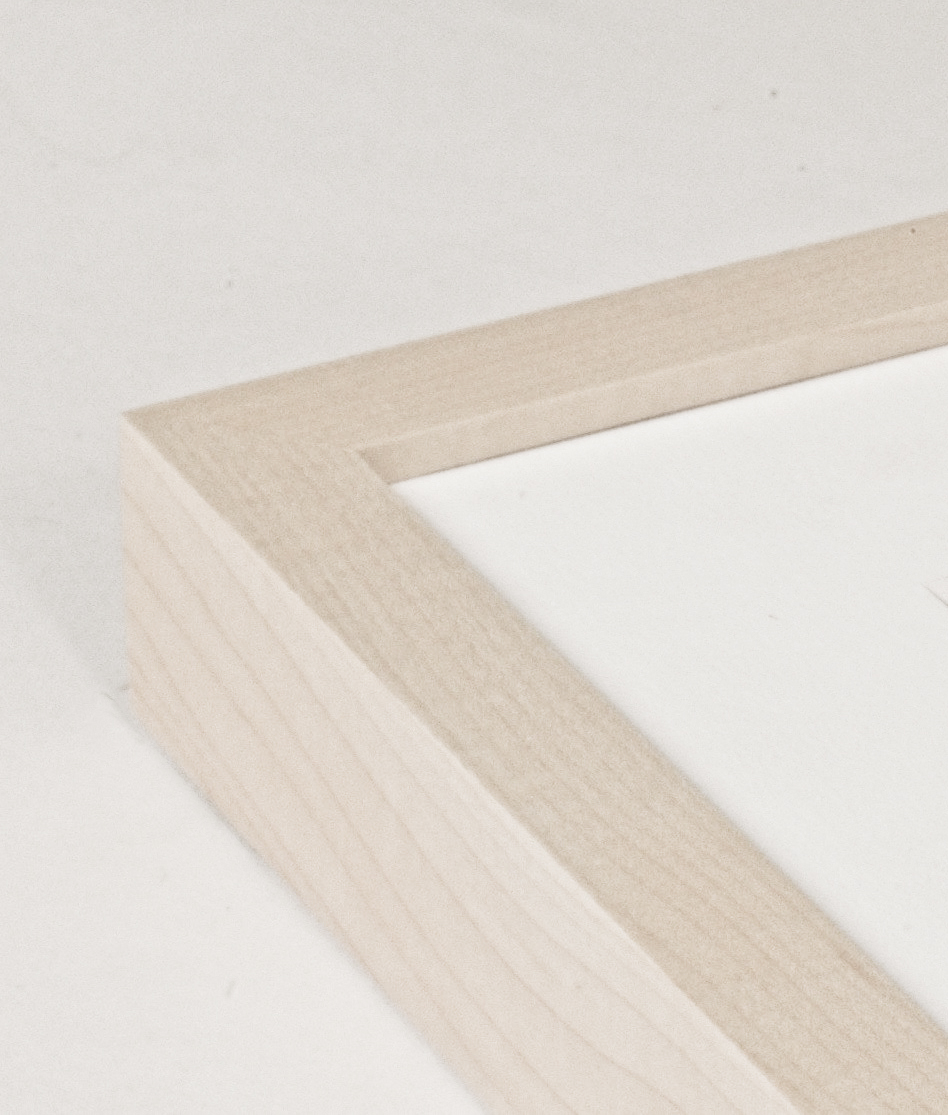
METRO GALLERY FRAME
Standard Profile: 106
Type: floating gallery frame
Wood & Finish: ash wood frame with pickled white finish
Purchasing Options: joined wood frame
Custom Wood Spacer: 3/4″ wood frame spacer
Custom Cut Matboard: 4 ply white museum board cut to size
Custom Frame Acrylic: regular acrylic cut to size
Custom Frame Backing Board: acid free foamboard cut to size
Framing Advice: fitting gallery frames
